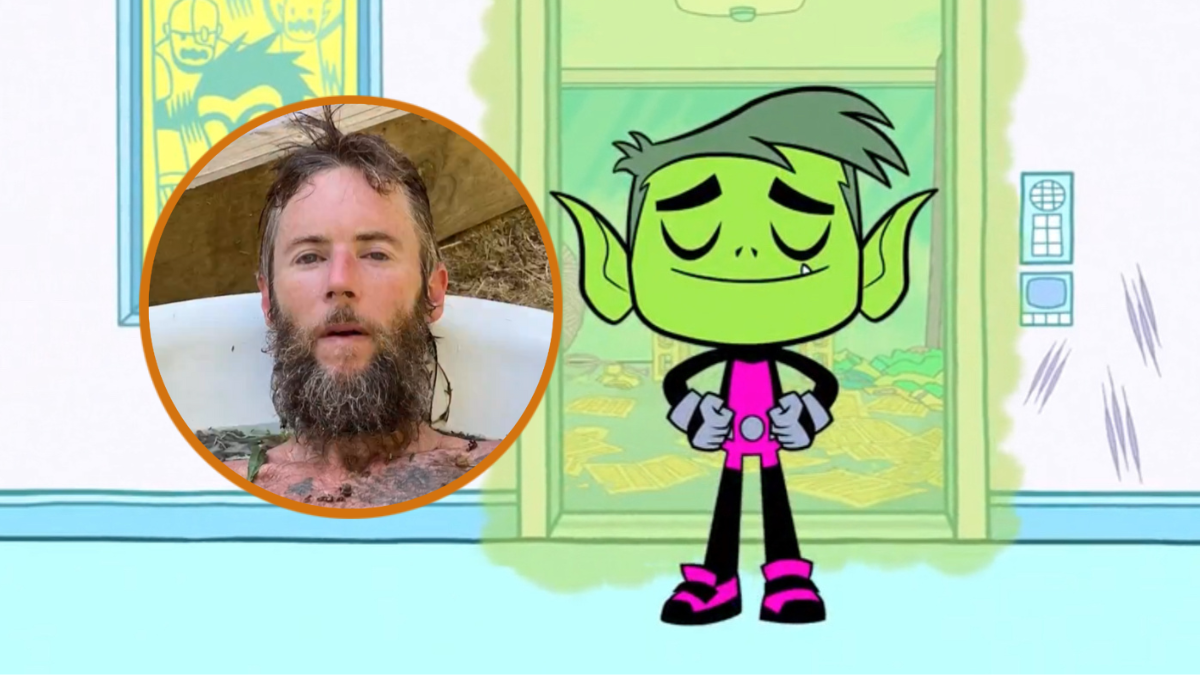Netflix’s newest docuseries Queen Cleopatra faced an immense amount of backlash after its announcement. So much so that it led to calls for a nationwide ban in countries like Egypt due to accusations of cultural appropriation and rewriting the country’s history.
One of the main criticisms the show received was the casting choices it made for the show. Adele James plays the iconic Egyptian pharaoh in this series. Not everyone was happy with this casting choice since according to Egyptian historians, Netflix’s depiction of this Egyptian leader is inaccurate. The trailer also tried to emphasize this, with one of the commentators claiming that this Egyptian icon was black.
So what did Cleopatra look like in real life? Did she appear as she does in the Netflix show? Or are historians say otherwise?
What did Cleopatra look like in real life?
According to Encyclopedia Britannica, Cleopatra is said to be of Macedonian Greek descent and was said to have very little Egyptian heritage. People, including historians, have noted the pharaohs’ beauty and attractiveness and claimed that not only did she have a certain charm, but was also seductive.
According to Discover Magazine, the closest resemblance to Cleopatra in the modern world would be someone like former DC actress, Gal Gadot. Interestingly, however, when it was reported that Gadot would star in a Cleopatra film, the project was met with backlash.
Multiple historians believed that Cleopatra had a more pale or olive complexion, hence the backlash that Netflix received when its depiction of Cleopatra had a much darker complexion. This is due to her ancestry, with some claiming it’s Greek, while others say Persian or Eastern European. While there was some debate in the past about the possibility of Cleopatra having a darker complexion, the was no reported evidence that this was the case.
Cleopatra has been depicted multiple times in modern media, and in most cases she has been played by a light-skinned or white actress. Netflix seems to have had every opportunity to correctly depict the Egyptian leader thanks to the number of historical resources that discuss her appearance, however, the docuseries has caused the country of Egypt to be severely disappointed with the streaming service to the point of the government getting involved.










Published: May 11, 2023 12:59 am